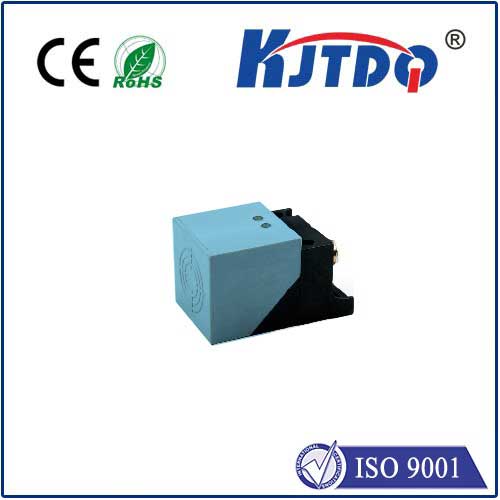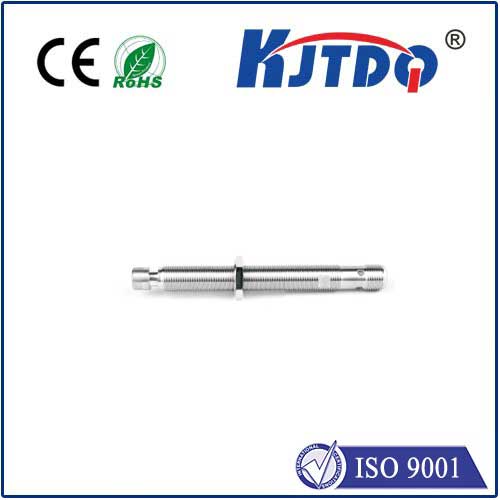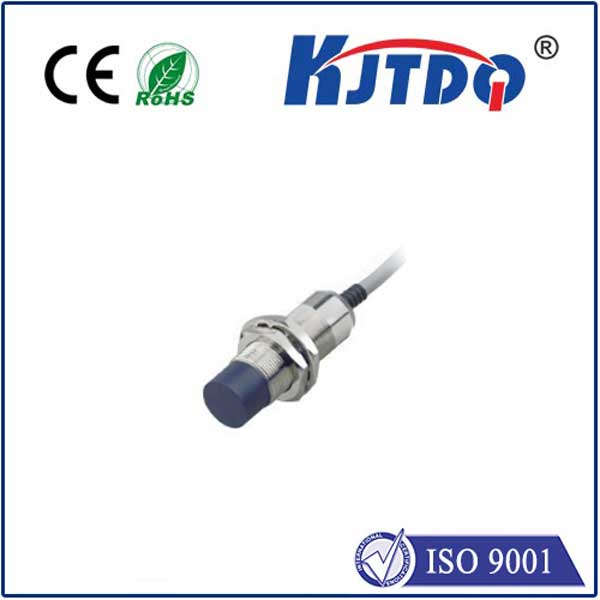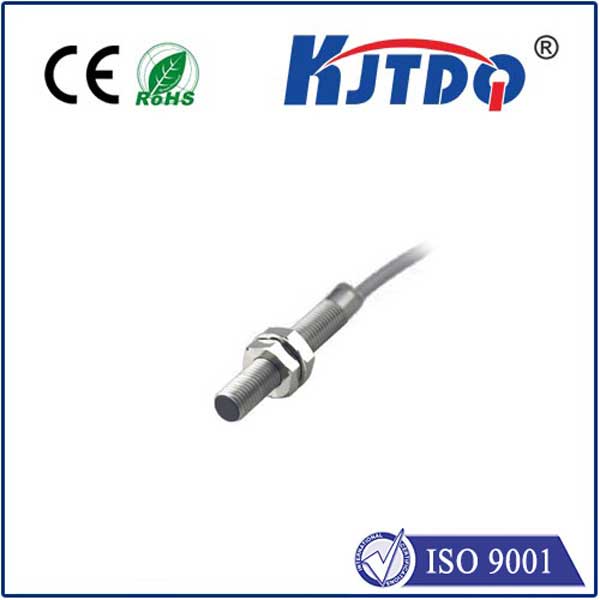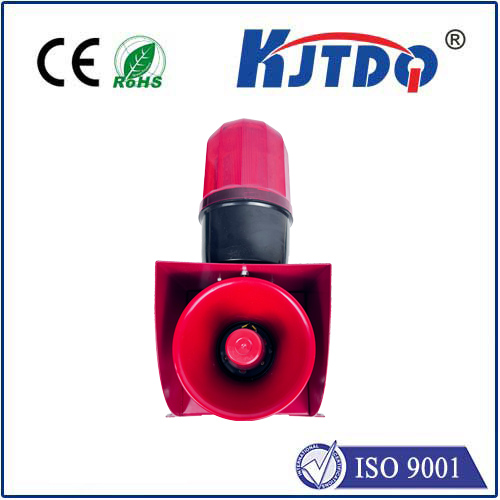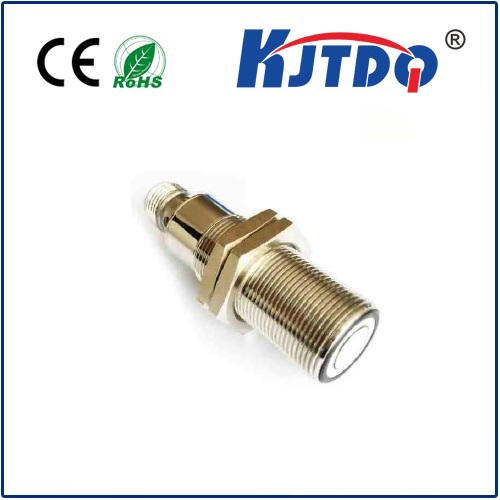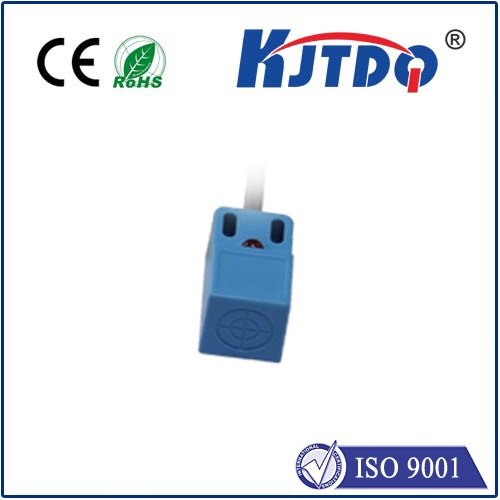
check

check

check

check

Title: Exploring the Versatility of Inductive Proximity Sensors: A Comprehensive Range Overview In the realm of automation and sensing technology, inductive proximity sensors have become integral components due to their reliability, versatility, and ease of use. These devices are designed to detect the presence of metallic objects without making physical contact, which makes them ideal for a range of industrial applications. By exploring the various aspects of their operational range, we can appreciate the comprehensive capabilities that inductive proximity sensors bring to modern machinery and processes. Understanding Inductive Proximity Sensors Before delving into the range, it’s important to grasp what inductive proximity sensors are. These sensors operate using electromagnetic fields. When a metal object comes into proximity with the sensor, it alters the field, creating a change that the sensor can detect. This triggers an output signal, typically an electrical current, which can then be used to activate other devices or systems. The Detective Abilities: Sensing Range One crucial characteristic of inductive proximity sensors is their sensing range—the maximum distance from which they can detect a metallic object. The sensing range can vary significantly based on several factors, including the size and material of both the sensor and the target object. Generally, inductive sensors are available with ranges from a couple of millimeters to over 80 millimeters, accommodating a wide array of industrial tasks. Short-Range Applications Short-range inductive proximity sensors excel in applications where precision is paramount. They are often employed in situations requiring tight tolerances, such as quality control in assembly lines or the detection of small components in mechanical devices. With their focused detection field, these sensors can ensure that minute details do not go unnoticed. Medium-Range Capabilities For tasks that require a balance between sensitivity and coverage area, medium-range inductive sensors are the way to go. They are suited for conveyor belt monitoring, packaging line controls, and automated door systems. Their moderate detection range provides enough flexibility to handle a variety of materials and conditions without sacrificing accuracy. Long-Range Dynamics Long-range inductive proximity sensors extend the boundaries of what’s possible in industrial automation. They are perfect for applications such as vehicle presence detection, large equipment monitoring, and inventory management. These sensors offer broader surveillance, enabling the detection of larger objects from a greater distance without compromising performance. Environmental Considerations The operational range of inductive proximity sensors can also be influenced by environmental factors. Temperature extremes, humidity levels, and electromagnetic interference can all impact a sensor’s ability to function correctly. Manufacturers have addressed this by producing sensors with rugged constructions and various protective features, ensuring reliable performance across challenging environments. Customization and Flexibility A notable advantage of inductive proximity sensors is the customization options available to users. Depending on specific application needs, sensors can be tailored in terms of sensing range, output type, cable length, and casing material. This flexibility allows seamless integration into diverse industrial settings, enhancing overall system efficiency. Conclusion In conclusion, the extensive range of inductive proximity sensors underscores their importance in the world of industrial automation and sensing technology. From precise short-range tasks to expansive long-range applications, these sensors offer unparalleled adaptability and reliability. Whether it’s through their capacity to withstand harsh environments or their customizable features catering to unique operational demands, inductive proximity sensors continue to revolutionize how industries interact with their surroundings. As technology advances, one thing remains certain—the role of inductive proximity sensors will only grow, further cementing their place as a cornerstone of modern automation.
